talkingfashion
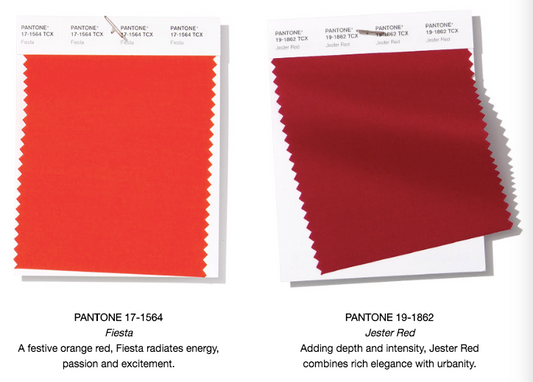
Color and Fashion: Pantone Colors
Color and Fashion: Pantone Colors By Paige McKirahan As the leaves outside are beginning to change, we here at TalkingFashion are feeling chromatic and decided that there is no...
Color and Fashion: Pantone Colors
Color and Fashion: Pantone Colors By Paige McKirahan As the leaves outside are beginning to change, we here at TalkingFashion are feeling chromatic and decided that there is no...
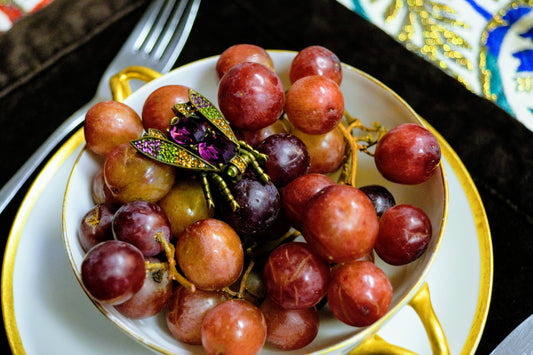
Creeping Into the World of Jewelry: The History...
Creeping Into the World of Jewelry: The History of Insect Motifs By Paige McKirahan Over time, we have observed designers and innovators create pieces of art and fashion that reflect...
Creeping Into the World of Jewelry: The History...
Creeping Into the World of Jewelry: The History of Insect Motifs By Paige McKirahan Over time, we have observed designers and innovators create pieces of art and fashion that reflect...
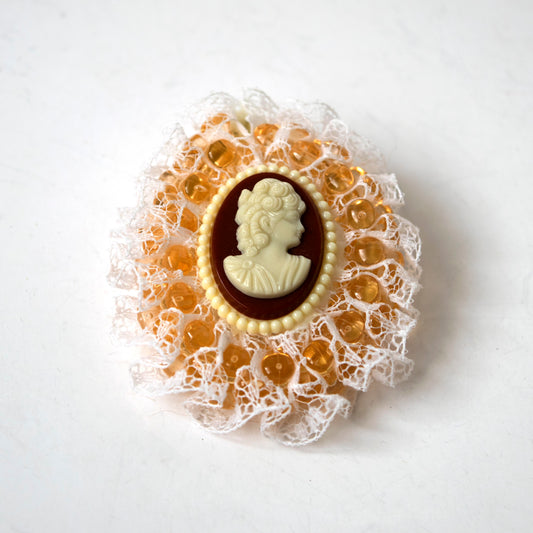
Cameo Jewelry’s Fine-Carved History
Cameo Jewelry's Fine-Carved History By Paige McKirahan When looking for accessories that seem to be tiptoeing the fine line between art and fashion, there is one piece that is sure...
Cameo Jewelry’s Fine-Carved History
Cameo Jewelry's Fine-Carved History By Paige McKirahan When looking for accessories that seem to be tiptoeing the fine line between art and fashion, there is one piece that is sure...
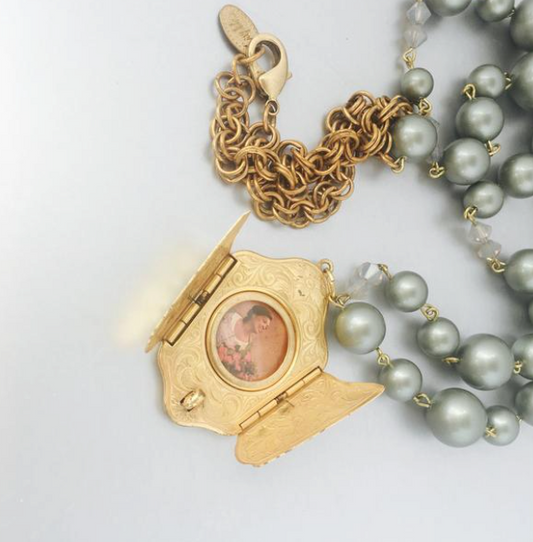
Fashion Flashback: Lockets
Fashion Flashback: Lockets by Morgan Watkins An item of sentiment and utility, the locket is truly a dazzling antique to behold. With such a rich history and wide array of...
Fashion Flashback: Lockets
Fashion Flashback: Lockets by Morgan Watkins An item of sentiment and utility, the locket is truly a dazzling antique to behold. With such a rich history and wide array of...

The Steampunk Movement: Modern, Industrial, and...
The Steampunk Movement: Modern, Industrial, and Accessory Filled By Paige McKirahan When thinking of ways to accessorize a steampunk look, you first want consider what the term means in order...
The Steampunk Movement: Modern, Industrial, and...
The Steampunk Movement: Modern, Industrial, and Accessory Filled By Paige McKirahan When thinking of ways to accessorize a steampunk look, you first want consider what the term means in order...
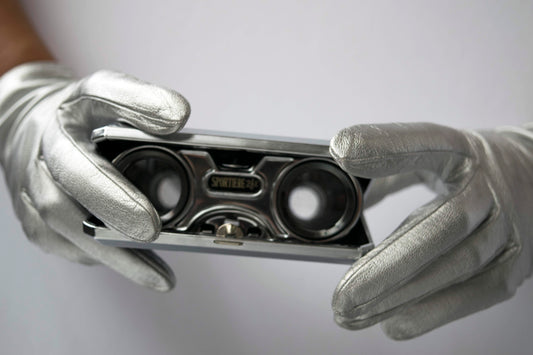
Magnifying the History of Binoculars
Magnifying the History of Binoculars By Paige McKirahan As a direct descendent of the telescope, binoculars are a little bit more portable; whether you need a close look at...
Magnifying the History of Binoculars
Magnifying the History of Binoculars By Paige McKirahan As a direct descendent of the telescope, binoculars are a little bit more portable; whether you need a close look at...
